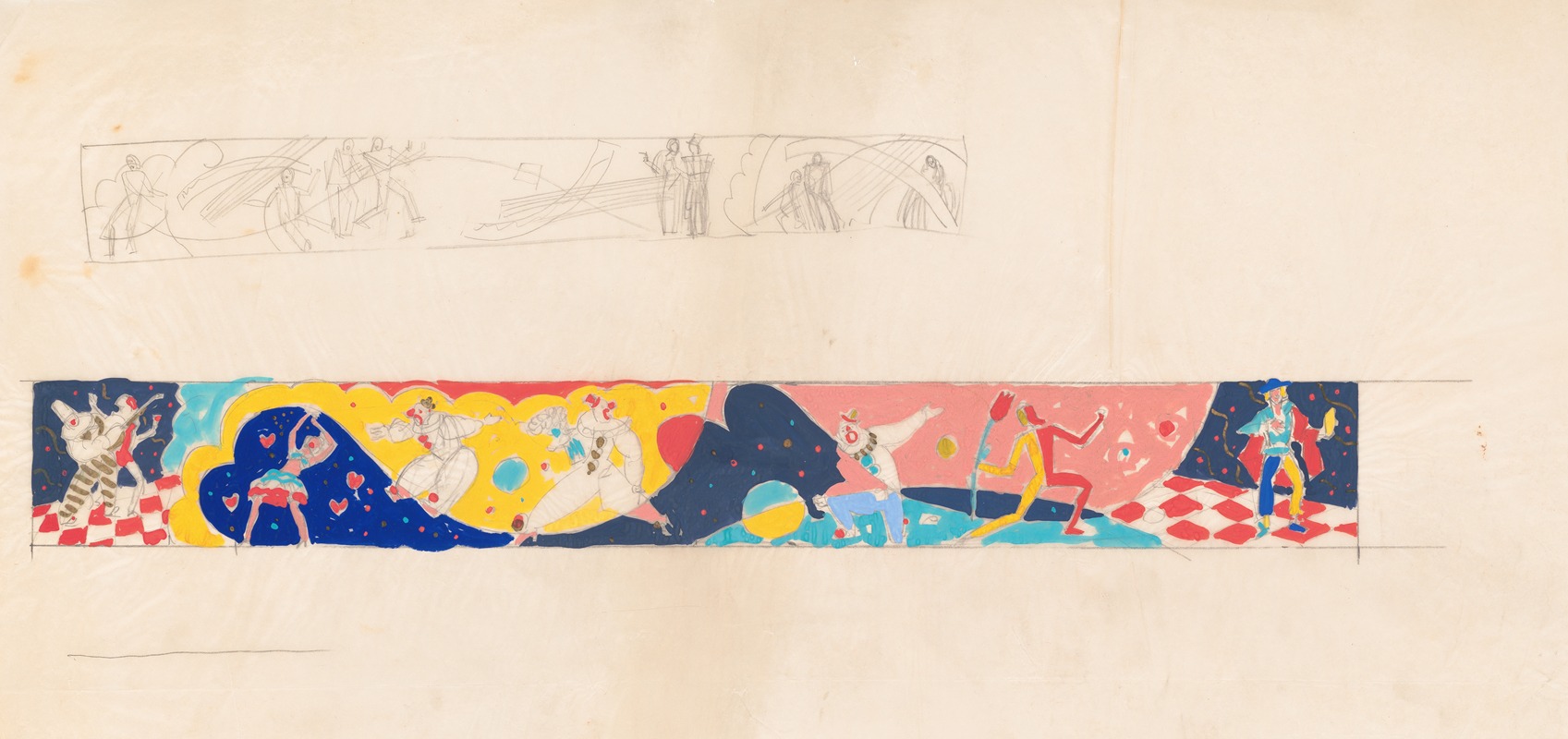
[Design for mural in unidentified bar or restaurant.] [Study for mural]
A hand-painted replica of Winold Reiss’s masterpiece [Design for mural in unidentified bar or restaurant.] [Study for mural], meticulously crafted by professional artists to capture the true essence of the original. Each piece is created with museum-quality canvas and rare mineral pigments, carefully painted by experienced artists with delicate brushstrokes and rich, layered colors to perfectly recreate the texture of the original artwork. Unlike machine-printed reproductions, this hand-painted version brings the painting to life, infused with the artist’s emotions and skill in every stroke. Whether for personal collection or home decoration, it instantly elevates the artistic atmosphere of any space.
Winold Reiss (1886–1953) was a German-American artist and designer known for his contributions to modernist art and his work in portraiture, graphic design, and mural painting. Among his many works, "Design for mural in unidentified bar or restaurant" and "Study for mural" are two pieces that reflect his skill in creating vibrant and dynamic compositions for public and commercial spaces. These works are preparatory studies, showcasing Reiss's process in designing murals intended for architectural settings.
Reiss immigrated to the United States in 1913 and became a prominent figure in the American art scene, particularly in New York City. He was deeply influenced by the German Jugendstil (Art Nouveau) movement and the Bauhaus school, which emphasized the integration of art and design into everyday life. His work often combined these European influences with distinctly American themes, including depictions of urban life, Native American culture, and African American subjects.
The "Design for mural in unidentified bar or restaurant" and "Study for mural" are examples of Reiss's focus on creating art that was both decorative and functional. These pieces were likely created as part of his commissions for interior design projects, where he collaborated with architects and business owners to enhance the aesthetic appeal of commercial spaces. Reiss was known for his ability to harmonize his murals with the architectural environment, using bold colors, geometric patterns, and stylized figures to create visually striking compositions.
While the exact location and context of these particular mural designs remain unidentified, they are consistent with Reiss's broader body of work, which often featured themes of modernity, cultural diversity, and the vibrancy of urban life. His murals were frequently installed in restaurants, hotels, and other public venues, where they served as focal points that enriched the atmosphere of the space.
Reiss's legacy as a muralist and designer is significant, as his work helped to bridge the gap between fine art and commercial design. His innovative approach to mural painting and his ability to adapt his artistic vision to a variety of settings made him a sought-after artist during his career. Today, his works are held in various museum collections and continue to be studied for their artistic and historical significance.
Further details about the specific murals referenced here are not available, as the original locations and contexts of these designs have not been documented.





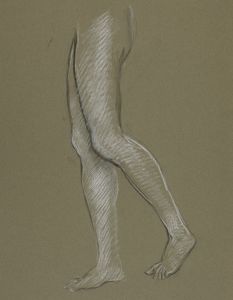
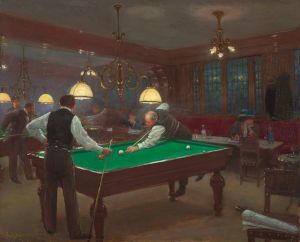
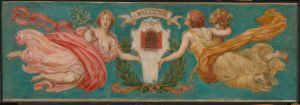
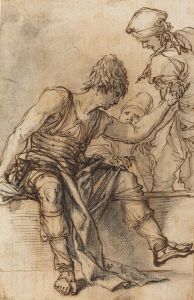
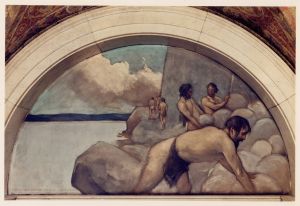
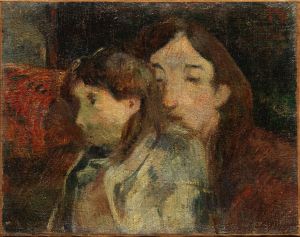
![[Interior design drawings for unidentified rooms.] [Sketch for room colored green and orange](/imgs/249269/s/winold-reiss-interior-design-drawings-for-unidentified-rooms-sketch-for-room-colored-green-and-orange-9a5c830b.jpg)
![Design for mural inside of theater.] [Interior wall mural study](/imgs/249291/s/winold-reiss-design-for-mural-inside-of-theater-interior-wall-mural-study-ef62eeaf.jpg)
![Graphic design drawings for Barricini Candy packages.] [3-D Study for 6 rectangular boxes](/imgs/249345/s/winold-reiss-graphic-design-drawings-for-barricini-candy-packages-3d-study-for-6-rectangular-boxes-2f81667e.jpg)

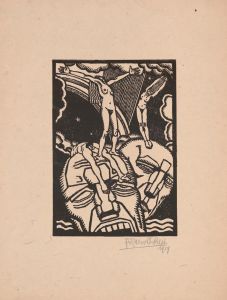
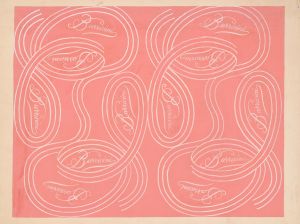
![Designs for theater with black-framed proscenium and boldly colored settings.] [Study for stage light wall decoration, possibly for Caf ̌Crillon ..](/imgs/249418/s/winold-reiss-designs-for-theater-with-blackframed-proscenium-and-boldly-colored-settings-study-for-stage-light-wall-decoration-possibly-for-caf-crillon--5ac7a006.jpg)
![Designs for theater with black-framed proscenium and boldly colored settings.] [Study for stage light wall decoration, possibly for Caf ̌Crillon ……](/imgs/249421/s/winold-reiss-designs-for-theater-with-blackframed-proscenium-and-boldly-colored-settings-study-for-stage-light-wall-decoration-possibly-for-caf-crillon--2b2d7011.jpg)